8 Reasons to Use ESL Interactive Digital Calendars and Student Morning Meeting Workbooks
As an ESL teacher, I've had the privilege of teaching various grades over the years. There was a time when I taught everything from Kindergarten through 8th grade. As my school grew and new teachers were hired, I transitioned to teaching 3rd through 5th grade, and eventually 6th through 8th grade. No matter what grade I was teaching, I always began my class with a morning routine that included the calendar, weather, and seasonal vocabulary. This routine became the cornerstone of my teaching, and I found that it benefitted students of all ages, from the youngest learners to the oldest.
Many ESL teachers don’t have the luxury of a classroom of their own. You might find yourself teaching in shared spaces, moving from room to room, or even setting up lessons in hallways or other unconventional areas. This can make it challenging to maintain a consistent and engaging routine. That’s why I decided to create the Interactive Digital Calendar and Printable Student Workbook. These resources offer a practical solution, allowing you to carry your classroom with you wherever you go. With a digital calendar on your laptop and a student workbook that mirrors that calendar, you can easily provide a consistent learning experience, regardless of where you’re teaching.
Over the years, I discovered that this simple early morning routine was a powerful tool for vocabulary acquisition, counting, understanding dates, learning idioms, and mastering sight words. It provided a consistent structure that set the tone for the day and gave students the opportunity to practice essential language skills in a fun and engaging way.
Here are eight reasons why I believe interactive digital calendars and student morning meeting workbooks are indispensable in any elementary classroom.
1. Engaging Introduction to Time, Numbers and Dates
Interactive digital calendars offer a hands-on approach to learning about days, weeks, months, and numbers. Each day, students interact with the calendar, which helps them internalize the passage of time while also learning to count and recognize larger numbers such as years.
For example, students practice counting the days of the month, which not only aids in pronunciation but also helps solidify their understanding of how months fit into the broader calendar year.
In addition, students learn the days of the week and practice forming sentences using grammar stems like "Today is...," "Yesterday was...," and "Tomorrow will be...". This repetitive structure reinforces their grasp of time-related vocabulary and sentence construction. For English Language Learners (ELLs), this daily practice is especially beneficial because it provides consistent exposure to key vocabulary and concepts, helping them develop a stronger understanding of time, numbers, and sentence structure in English.
2. Enhanced Vocabulary Development in ESL Classroom
Morning meeting workbooks are designed to expand students' vocabulary with a focus on monthly and seasonal words. By using visual aids and interactive activities, students learn to associate new words with their corresponding images and contexts. Whether it’s deciding what clothes to wear based on the weather or learning new idioms, these activities help students, especially ELLs (English Language Learners), build a strong vocabulary base.
3. Promoting Pattern Recognition and Math Skills with English Language Learners.
Building a calendar pattern with movable tiles like crabs and sandcastles is a fun way to teach students about patterns and basic counting. Each day adds a new tile to the calendar, allowing students to see and predict patterns over time. This not only reinforces their math skills but also helps them understand the concept of sequencing, an important foundational skill in both math and literacy.
4. Integrating Emotions and Social-Emotional Learning in ESL Classroom
Morning slides often include sections dedicated to feelings, providing a daily opportunity to check in with students' emotional well-being. For English Language Learners, this is also a valuable opportunity to learn feeling words, which will become essential when they begin to explore characters and their emotions in reading and writing. By associating emotions with images, students can more easily identify and express their feelings, which is crucial for their social-emotional development. Teachers can also customize these slides to include additional emotions, ensuring that the content is relevant and engaging for their specific classroom needs
5. Incorporating Weather Vocabulary and Graphing Activities with MLLs
The weather graph is a popular feature in many digital calendars, where students track daily weather patterns and build a bar graph. This activity integrates math with real-world observations, helping students understand graphing and data collection. For English Language Learners (ELLs), this is particularly beneficial because it combines visual learning with hands-on activities, which can make abstract concepts more concrete. Additionally, the teacher's version of the calendar allows for teaching temperature-related adjectives, enriching students' descriptive vocabulary while reinforcing their understanding of weather concepts. By repeatedly discussing and visualizing weather patterns, ELLs can more effectively learn and retain new vocabulary, making the language more accessible and applicable to everyday situations.
6. Monthly ESL Vocabulary Activities and Student Worksheets
Monthly vocabulary activities are an essential component of the morning meeting workbooks. These activities focus on amplifying students' understanding of seasonal and thematic vocabulary. With the help of student worksheets, these new words are reinforced in their notebooks, providing a tangible reference that they can revisit throughout the month. This ongoing practice supports language retention and application in various contexts.

Each month, I also introduce an "Idiom of the Month" to help expand students' language skills and cultural understanding. For example, in August, we explore the idiom "zip one's lips," while in September, we discuss "have butterflies in one's stomach."
These idioms are included in the digital calendar slides and students workbooks, where they are broken down and explained in context, allowing students to grasp their meanings and usage. Incorporating idioms not only enriches students' vocabulary but also gives them insight into commonly used expressions in everyday English, which is especially valuable for ELLs.
7. "Would You Rather. . .? ESL Thematic Monthly Game
The "Would You Rather" game is a thematic, monthly activity that engages students in critical thinking and language use. This interactive game is not only fun but also encourages students to practice making choices and explaining their reasoning.
The game comes with teacher slides that can be customized to fit the monthly theme, making it a versatile tool for reinforcing vocabulary and encouraging classroom discussion.
8. Introduction and Reinforcement of Key Sight Words to ESL Newcomer Students
Sight words are fundamental to early reading success, but they are often abstract and difficult for English Language Learners to grasp. To address this, my digital calendar includes an image paired with each sight word, making the meaning more concrete and accessible.
Each week, new sight words are introduced, beginning with simpler words in August and gradually increasing in difficulty. By consistently practicing sight words with visual support, students can more effectively learn and retain these essential words, building a strong foundation for reading and boosting their confidence in using the language.
Conclusion
Interactive digital calendars and morning meeting workbooks have been an invaluable part of my teaching journey. They provide a comprehensive approach to teaching key concepts like time, vocabulary, emotions, and math, all while keeping students engaged and motivated. By integrating these resources into your daily routine, you can create a learning environment that is both interactive and educational, laying a strong foundation for your students' academic success.
Would you like to test a sample of my August calendar slides and student workbook? Click below.
Happy Teaching!
ESL Resource Meet
Would you like to receive more tips, tricks and freebies?
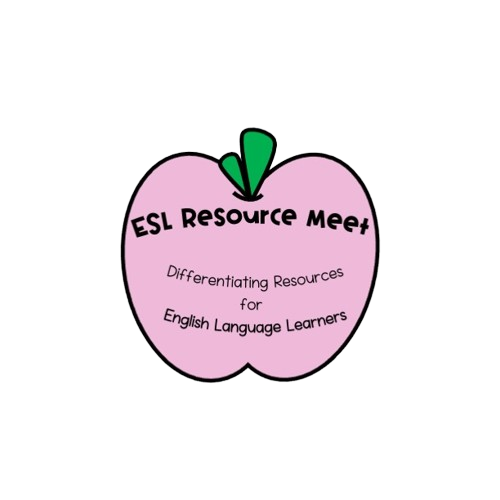
















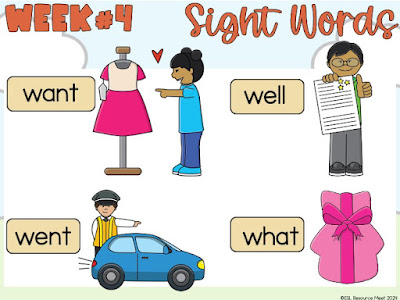






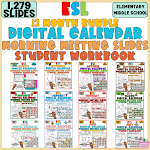


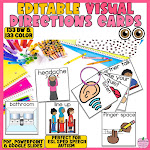













































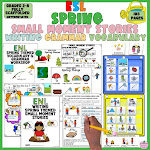




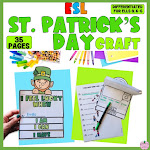
















































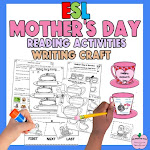
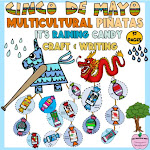
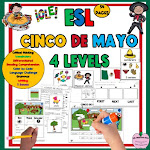
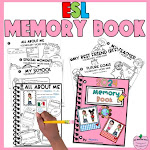




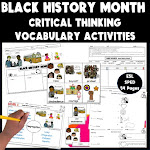



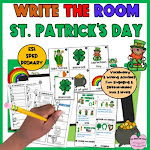
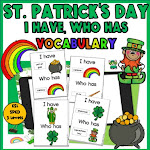
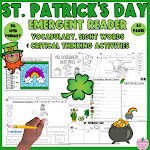



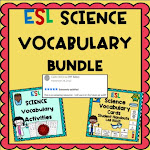




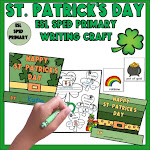

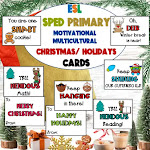


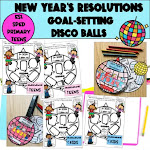
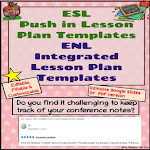



0 Comments